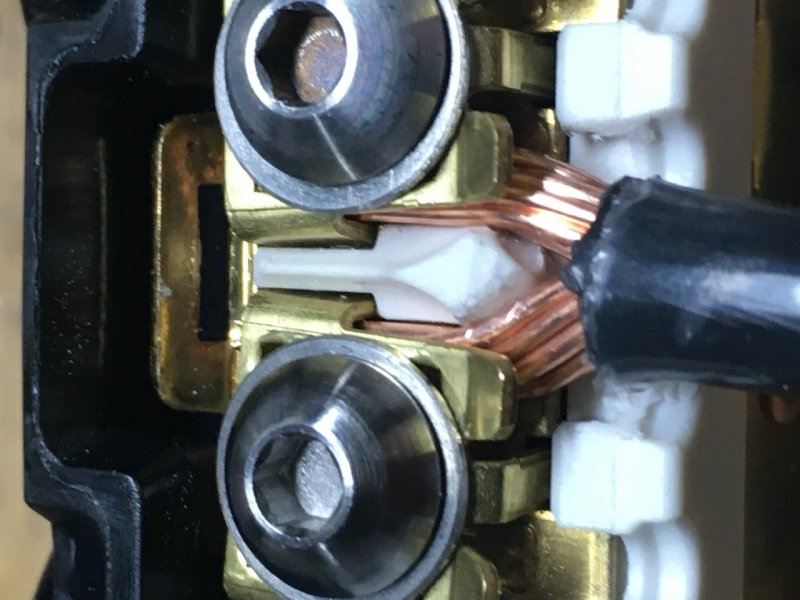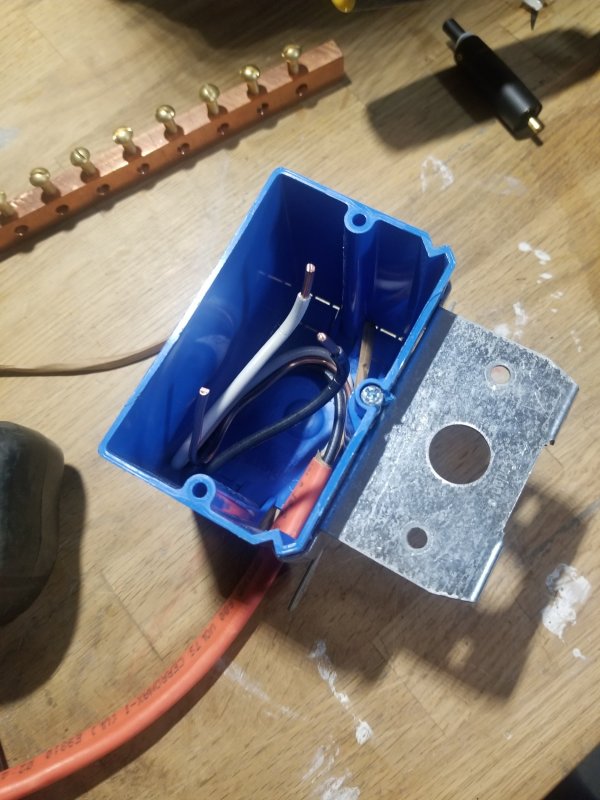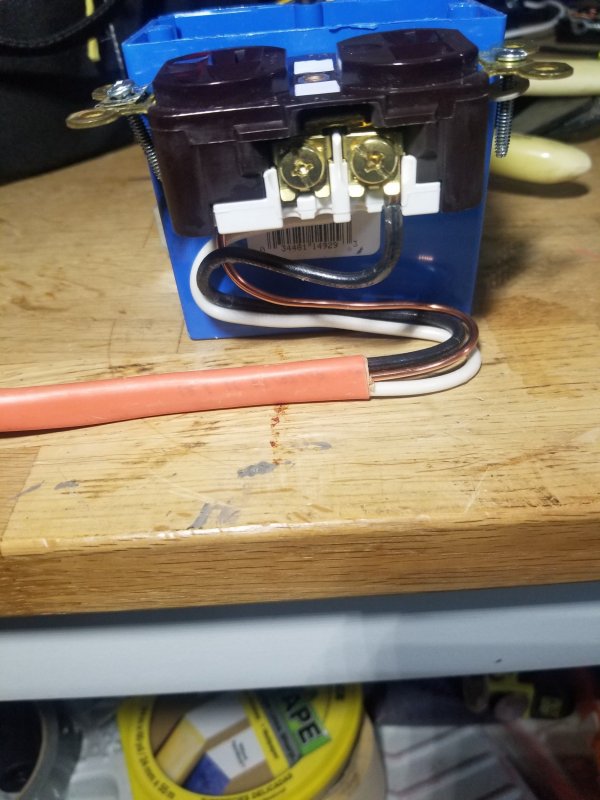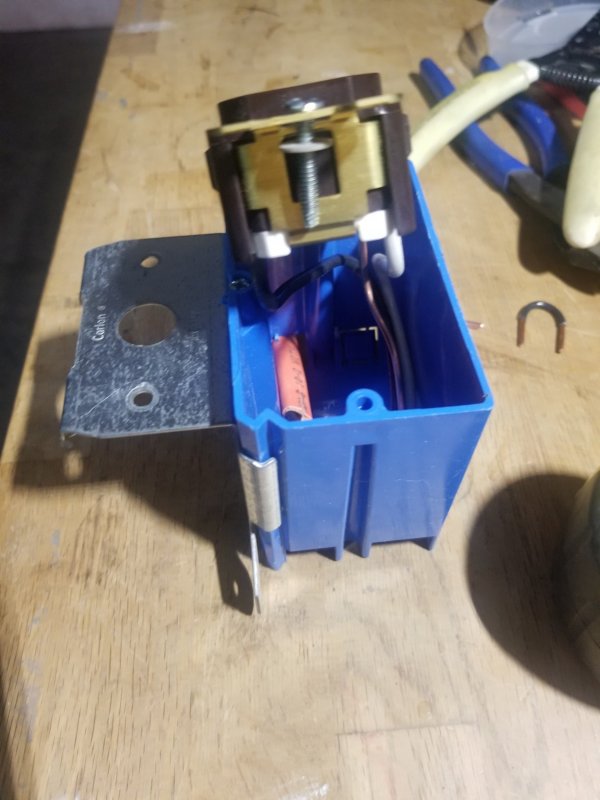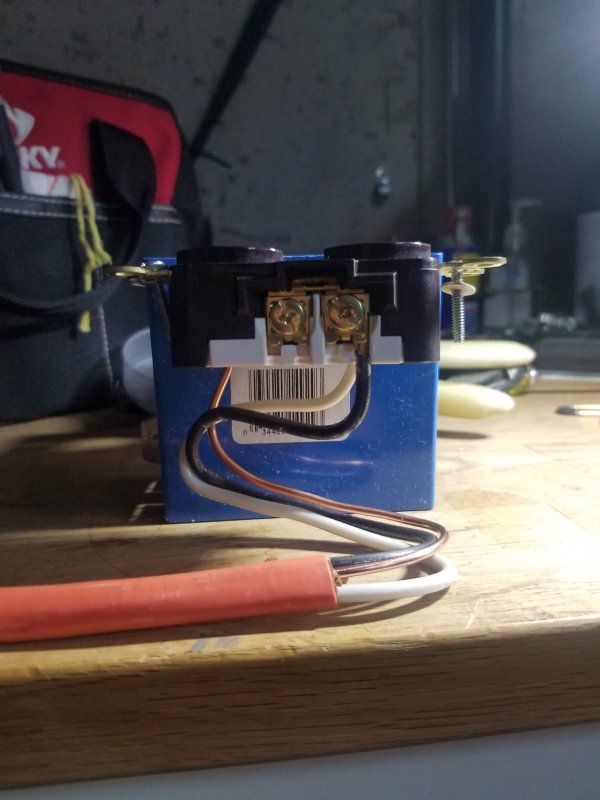I would have to look up the spec. I am on vacation. It is generic and nothing special. But better than nothing. Always use SPD where you can. I haveI thought it was wow. any ratings on it ?
living down south surging is a big issue
I have a 18kw gen to keep things on but have to use
a bunch of surge protectors
2 microwaves and one tv lost inputs was down to one when I replaced it.
my panel is square d here.
can you post a link to the part please.
mill buy one.
also how does it work
meaning function
how fast and does it need to get replaced
never "heard" one.
There are much better SPD that need to be nippled to the side of the can and mounted to a breaker.
Last edited:


